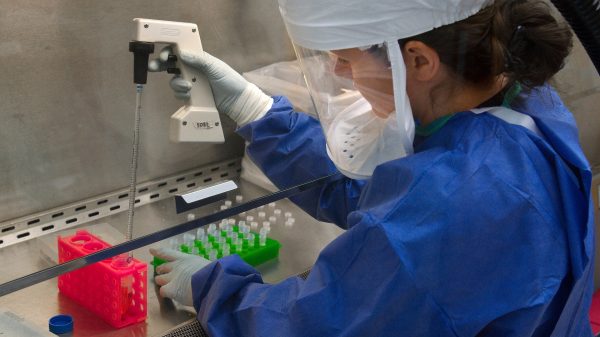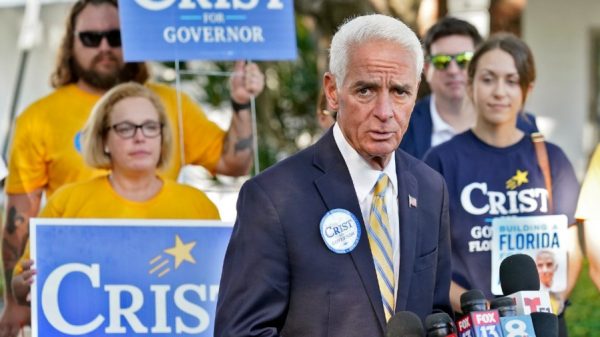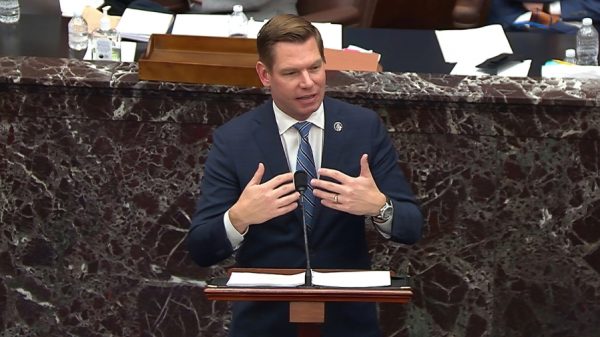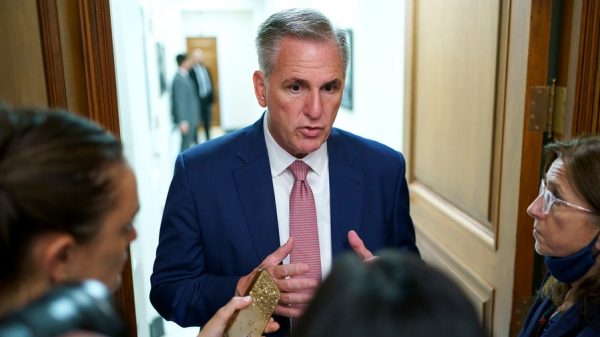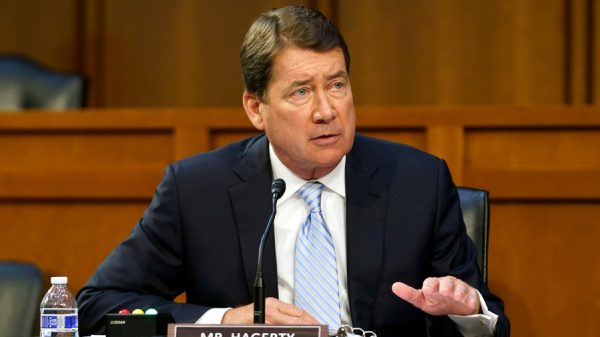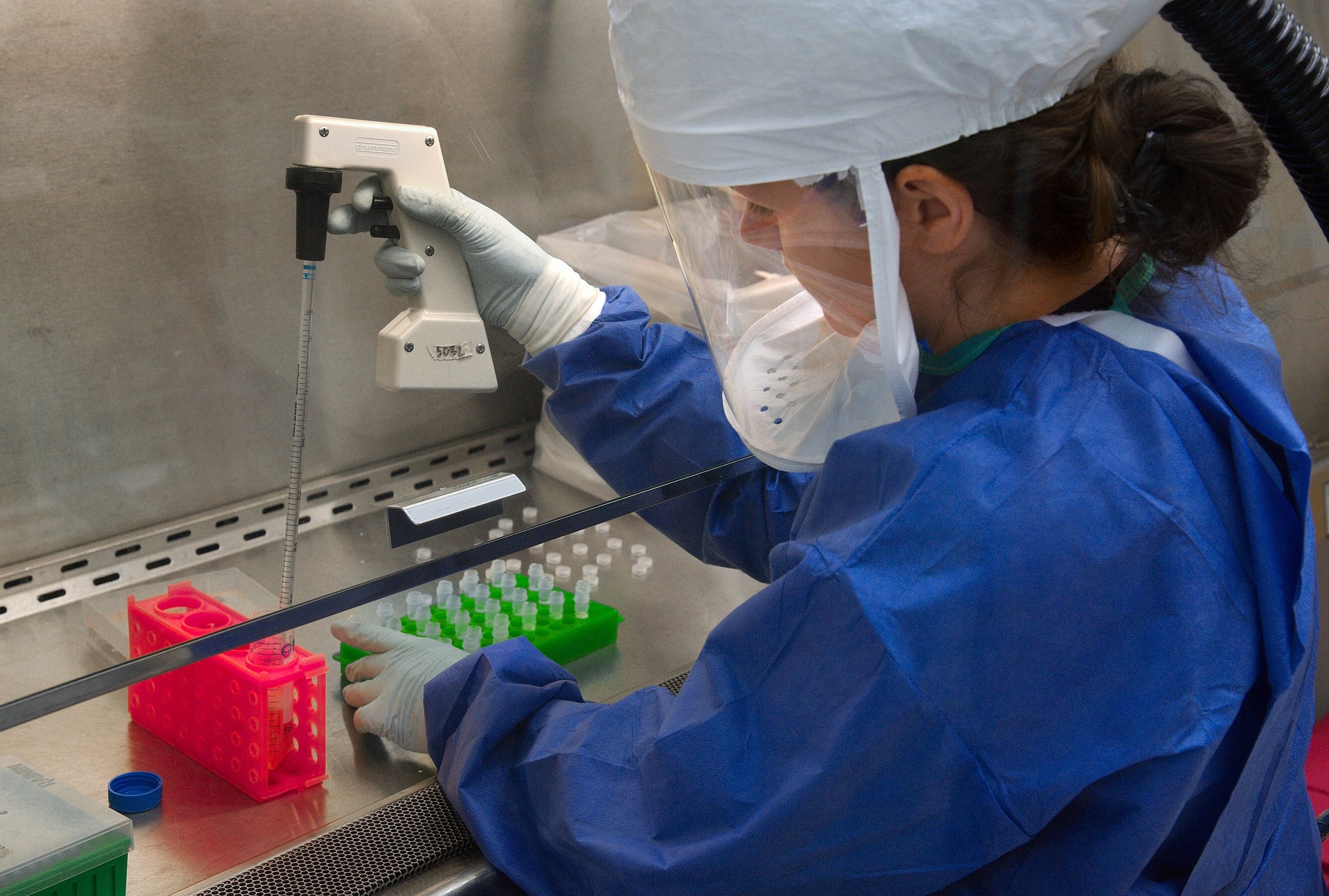Healthcare is a vital component of modern society, and Ohio is no exception. The state has made significant strides in improving healthcare access, quality, and public health programs in recent years. However, challenges remain, and more work needs to be done to ensure that every Ohioan has access to quality healthcare. In this article, we will explore the state of healthcare in Ohio, including access to medical facilities, the quality of care, and programs aimed at improving public health.
Access to Medical Facilities:
Ohio has a robust healthcare infrastructure with over 220 hospitals, and more than 2000 primary care providers, and over 45,000 physicians. However, access to medical facilities is not equally distributed across the state. Rural areas, in particular, have fewer healthcare facilities and providers, making it difficult for residents to access medical care. Ohio has responded by developing programs to improve access to healthcare in rural areas, such as the Rural Health Services Initiative, which aims to increase access to medical care and support for rural residents.
Quality of Care:
The quality of care in Ohio is generally good, with many hospitals and medical facilities receiving high ratings from independent organizations such as the Leapfrog Group and the Joint Commission. Ohio also has several nationally recognized hospitals, including the Cleveland Clinic and the Ohio State University Wexner Medical Center. However, quality of care can vary by facility, and Ohio continues to work to improve patient outcomes and reduce healthcare-associated infections through programs like the Ohio Hospital Association’s Quality Initiative.
Public Health Programs:
Ohio has several public health programs aimed at improving the health of its residents. The Ohio Department of Health administers programs focused on maternal and child health, chronic disease prevention and management, and infectious disease control. Ohio also has a robust Medicaid program, which provides health insurance to low-income residents and has been expanded under the Affordable Care Act.
Ohio has also taken significant steps to address the opioid epidemic, which has hit the state hard. The Ohio Opioid Education Alliance was created to educate healthcare providers, patients, and the public about the dangers of opioid misuse and provide resources for treatment and recovery. Additionally, the Ohio Department of Health has implemented several programs to increase access to naloxone, a medication used to reverse opioid overdoses.
Ohio has made progress in improving access to medical facilities, the quality of care, and public health programs in recent years. However, challenges remain, particularly in rural areas where access to healthcare can be limited. Ohio continues to work to address these challenges and improve healthcare outcomes for all residents. By investing in healthcare infrastructure, expanding access to healthcare, and prioritizing public health, Ohio is moving towards a healthier future for its citizens.





